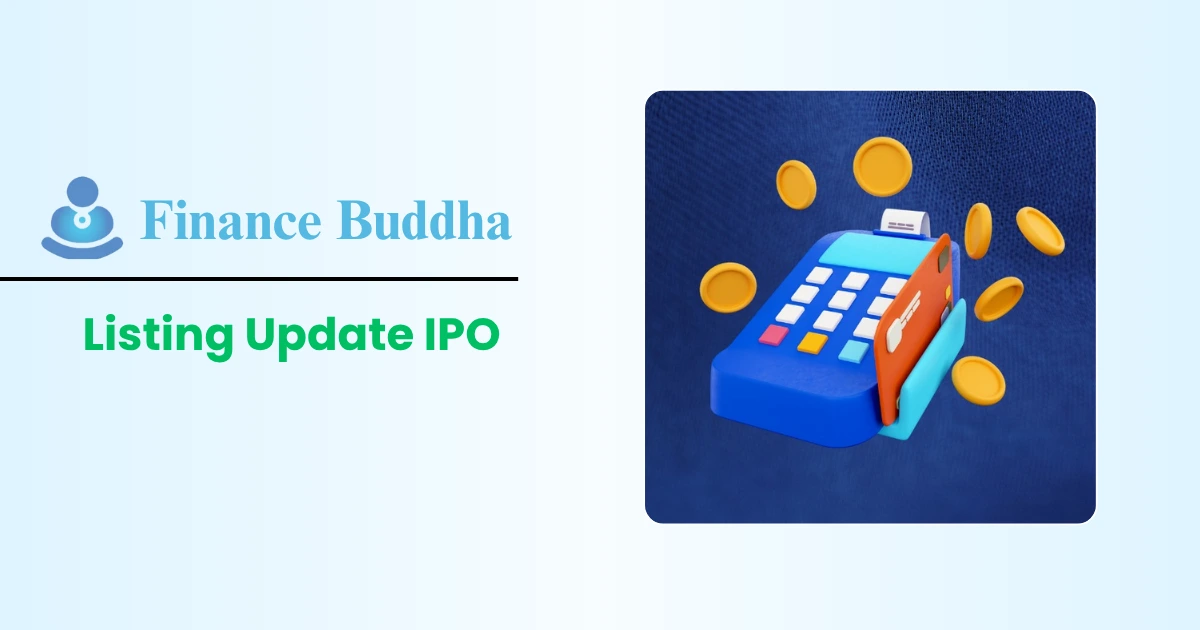CHAPTER : 2 CONCEPT AND ROLE OF A MUTUAL FUND
Mutual fund is a vehicle (in the form of a “trust”) to mobilize money from investors, to invest in different markets and securities, in line with stated investment objectives. Through investment in a mutual fund, an investor can get access to equities, bonds, money market instruments and/or other securities, that may otherwise be unavailable to them and avail of the professional fund management services offered by an asset management company.
ROLE OF MUTUAL FUNDS
1. Help investors in earning an income or building their wealth, by investing in the opportunities available in securities markets
2. Offers livelihood to a large number of employees of mutual funds, distributors, registrars and various other service providers.
3. Mutual funds can also act as a market stabilizer, in countering large inflows or outflows from foreign investors. Mutual funds are therefore viewed as a key participant in the capital market of any economy.
Advantages of Mutual Funds for Investors
- Professional Management
- Affordable Portfolio Diversification
- Liquidity and Transparency
- Economies of Scale
- Investment and regulatory comfort
- Systematic Approach to investments
Investment objectives of Mutual Funds:
Every scheme has a pre-announced investment objective. Investors invest in a mutual fund scheme whose investment objective reflects their own needs and preference.
The primary objective of various schemes stems from the basic needs of an investor, viz., safety, liquidity, and returns.
Investment Policy of Mutual Funds
Once the investment objective is finalised, the mutual fund scheme’s investment policy is arrived at. The investment policy includes the scheme’s asset allocation and investment style.
Important Concepts in Mutual Funds
- Face Value
- Net Asset Value
- Unit Capital
- Assets under Management
- Recurring Expenses
- Mark to Market
- Units
Limitations of Mutual Funds for Investors
- Lack of Portfolio Customization
- No Control Over Costs
- No Guaranteed Returns
- Choice Overload
MUTUAL FUND SCHEME CATEGORISATION AND SEBI REGULATION
The objective was to bring uniformity in the characteristics of similar type of schemes launched by different mutual fund houses so that the investor can objectively evaluate the schemes chosen for investment. Accordingly, there are five broad categories of mutual fund schemes. Within each category, there are many sub- categories.
A. Equity Schemes (11 sub-categories)
B. Debt Schemes (16 sub-categories)
C. Hybrid Schemes (6 sub-categories)
D. Solution Oriented Schemes (2 sub-categories)
E. Other Schemes (2 sub-categories)
A. Equity Schemes
| SR No. | Name | Investment in | Minimum Investment in Equity and Equity Related Instruments |
|---|---|---|---|
| 1 | Multi Cap Funds | Large Cap, Mid Cap & Small Cap Stocks | of large Cap Companies : 25% of Total Assets of Mid Cap Companies : 25% of total Assets of Small Cap Companies : 25% of total Assets |
| 2 | Large Cap Funds | Large Cap Stocks | of large Cap Companies : 80% of Total Assets |
| 3 | Large and Mid-Cap Funds | Large Cap & Mid Cap Stocks | of Large Cap Companies : 35% of Total Assets Of Mid Cap Companies : 35% of total Assets |
| 5 | Small Cap Fund | Small Cap Stocks | of Small Cap Companies : 35% of Total Assets |
| 6 | Dividend Yield Fund | Dividend Yield Stocks | 65% of total assets |
| 7 | Value Fund | Value investment Strategy | 65% of total assets |
| 8 | Focused Funds | Maximum 30 Stocks (the Scheme needs to mention where it intends to focus, viz, multi Cap, Large cap, mid Cap, Small Cap) | 65% of Total Assets |
| 9 | Secretarial/ Thematic | Specific Sectors Such as Power, Bank, Steel | of Particular Sectors : 80% of Totals Assets |
| 10 | Equity Linked Saving Scheme | - | 80% of total Assets |
| 11 | Flexi Cap Funds | Large Cap, Mid Cap & Small Cap Stocks | 65% of Total Assets |
B. DEBT Schemes
| SR No. | Name | Investment in | Duration/ Minimum Investment |
|---|---|---|---|
| 1 | Overnight Fund | Overnight Securities | 1 Day |
| 2 | Liquid Fund | Debt & Money Market Securities | 91 Days |
| 3 | Ultra Short Duration Fund | Debt & Money Market Securities | 3-6 Months |
| 4 | Low Duration Fund | Debt Securities | 6-9 Months |
| 5 | Money Market Fund | Money Market Securities | 1 Years |
| 6 | Short Duration Fund | Debt & Money Market Securities | 1-3 Years |
| 7 | Medium Duration Fund | Debt & Money Market Securities | 3-4 Years |
| 8 | Long Duration Fund | Debt & Money Market Securities | > 7 Years |
| 9 | Dynamic Bond | Dynamic Debt Scheme | - |
| 10 | Corporate Bond Fund | AA+ and above rated Corporate Bonds | 80 % of total Assets |
| 11 | Banking & PSU Funds | Debt Instruments of Banks, PSU' s, PFIs | 80 % of total Assets |
C. Hybrid Schemes
| SR No. | Name | Investment in | Duration/ Minimum Investment |
|---|---|---|---|
| 1 | Conservative Hybrid Fund | Predominantly in Debt instruments | Equity: 10-25% of Total Assets Debt: 75-90% of Total Assets |
| 2 | Balanced Hybrid Fund | Equity and Debt Instruments | Equity: 40-60% of Total Assets Debt: 40-60% of Total Assets |
| 3 | Aggressive Hybrid Fund | Predominantly in Equity and Equity Related Instruments | Equity: 65-80% of Total Assets Debt: 20-35% of Total Assets |
| 4 | Arbitrage Fund | Arbitrage Opportunities | 65% of Total Assets |
| 5 | Equity Savings | Equity, Arbitrage and Debt | Equity: 65% of Total Assets Debt: 10% of Total Assets |
| 6 | Dynamic Assets Allocation | Equity/ Debt that is Managed Dynamically | - |
| 7 | Multi Asset Allocation | at Least three Asstes Classes | 10% in all three Assets Classes |
D. Solution Oriented Schemes
1. Retirement Fund: Retirement solution-oriented scheme having a lock-in of 5 years or till (whichever is earlier). retirement age
2. Children’s Fund: Fund for investment for children having a lock-in for at least 5 years or till the child attains the age of majority (whichever is earlier).
E. Other Schemes
1. Index Funds/Exchange Traded Fund: An open-ended scheme replicating/tracking a specific index. Minimum investment in securities of a particular index shall be 95 percent of total assets.
2. Fund of Funds (Overseas/Domestic): An open-ended fund of fund scheme investing in an underlying fund. Minimum investment shall be 95 percent of total assets.
Certain other Categories of Funds
- Fixed maturity Plan
- Capital Protection Fund
- Infrastructure Debt Fund
- Real Estate Mutual Fund
Classification of Mutual Funds-
- by Structure of the Mutual Funds
Open Ended Funds:
Allow the investors to enter or exit at any time, after the NFO. Investors can buy additional units any time after the scheme opens for ongoing transactions. Existing investors can redeem i.e. sell the units back to the scheme to get their money back.
Close Ended Funds:
Such funds have a fixed maturity. Investors can buy units only during its NFO and cannot transact after NFO is over. At the end of the maturity period, the scheme is wound up, units are cancelled and the money is returned to the investors. Post NFO, units are listed on SE to provide liquidity. The sale and purchase transactions happen on the SE between two different investors.
Interval Funds:
They are largely close-ended but become open-ended at pre-specified intervals. they are not dependent on the SE to buy or sell units. However, to provide liquidity between these intervals, the units must be compulsorily listed on SE to allow investors an exit route.
Transaction Period: The periods when an interval scheme becomes open- ended Minimum Duration is 2 days.
Interval Period: Period between the close of a transaction period, and the opening of the next transaction period. Maximum duration is 15 days.
- by Management of Portfolio
Actively Managed Funds:
Actively managed funds are funds where the fund manager has the flexibility to choose the investment portfolio, within the broad parameters of the investment objective of the scheme.
Passive Funds:
Passive funds invest on the basis of a specified index; whose performance it seeks to track. Thus, a passive fund tracking the S&P BSE Sensex would buy only the shares that are part of the composition of the S&P BSE Sensex. The proportion of each share in the scheme’s portfolio would also be the same as the weightage assigned to the share in the S&P BSE Sensex.
- by Management of Portfolio
There are equity funds, fixed income funds, money market funds, gold funds, international funds, etc. This classification may get further specific depending on narrowing the investment universe. Here, the category names indicate where the money could be invested.
New Type of Funds
There is an increase in the variation seen in the kinds of funds that are being launched by mutual fund houses. Some of them are:
1. Smart Beta Fund: Smart beta funds are an extension of index or ETFs as they change the basis of the exposure in the portfolio to the index using alternative strategies.
2. Quant Funds: Quant funds rely on data analysis and numbers usually undertaken by machines to select the securities in the portfolio. There are pre-determined models that are created and these are derived through analysis of past data.
3. International REIT: A fund that invests in Real Estate Investment Trusts abroad gives an exposure to the investor both to international funds plus the commercial real estate sector.
CHAPTER 1: Investment Landscape
CHAPTER 2 : Concept And Role Of A Mutual Fund
Chapter 3: Legal Structure Of Mutual Funds In India
Chapter 4: Legal And Regulatory Framework
Chapter 5: Scheme Related Information
Chapter 6: Fund Distribution & Channel Management Practices
Chapter 7: Net Asset Value, Total Expense Ratio & Pricing Of Units
Chapter 10 : Risk, Return And Performance Of Funds































